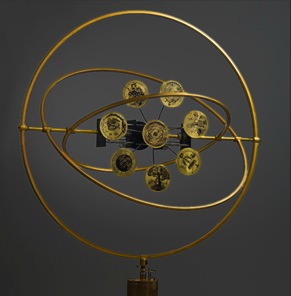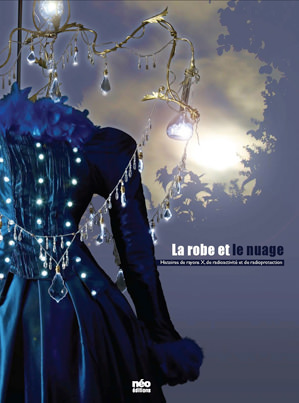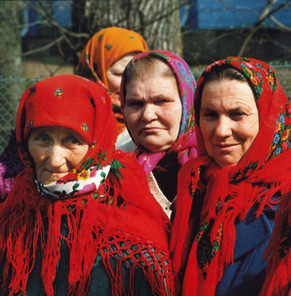Recent publications
Development and Dissemination of ALARA Culture
- Details
- Category: Communications
- Published: Monday, 14 May 2012 13:00
SCHIEBER C. et al.
The need to further develop and disseminate ALARA culture comes at a moment in time where we see an increase of the awareness of the risk, new exposure situations to be managed as applications of ionising radiations increase by introducing new techniques, and scientific knowledge of the
European ALARA Network - Working Group on ALARA Culture
Oral presentation at IRPA13, Glasgow, Sctoland, 14-18 May 2012.
Abstract
The need to further develop and disseminate ALARA culture comes at a moment in time where we see an increase of the awareness of the risk, new exposure situations to be managed as applications of ionising radiations increase by introducing new techniques, and scientific knowledge of the health effects is constantly developing.
ALARA culture is at the heart of radiation protection culture. It is based on the scientific knowledge on health effects from ionising radiation together with the application of the precautionary principle, leading to the adoption of the linear dose-effect relationship without thresholds (LNT). It results in attitudes and behaviours of individuals and organisations, committed to always search for dose reduction potentialities taking into account that this remains reasonable.
Implementation of optimisation of radiation protection is an ongoing and iterative process, to keep the magnitude of individual doses, the number of people exposed and the likelihood of incurring exposure As Low As Reasonably Achievable (ALARA) taking into account technical, economical and societal factors. This implementation requires qualitative and quantitative judgements and the involvement of all parties having an interest in or concern about an exposure situation. It often requires a profound decision about what is acceptable from an objective point of view rather than striving for “Zero-Dose”.
The paper, elaborated by a working group from the European ALARA Network (EAN) will discuss elements constituting ALARA culture, its practical implementation according to the various exposure situations, and ways to further develop and disseminate it.
A1113
Download attached document

 CEPN is a non-profit organisation created in 1976 to establish a research and development centre in the fields of optimisation of radiological protection and comparison of health and environmental risks associated with energy systems.
CEPN is a non-profit organisation created in 1976 to establish a research and development centre in the fields of optimisation of radiological protection and comparison of health and environmental risks associated with energy systems.

